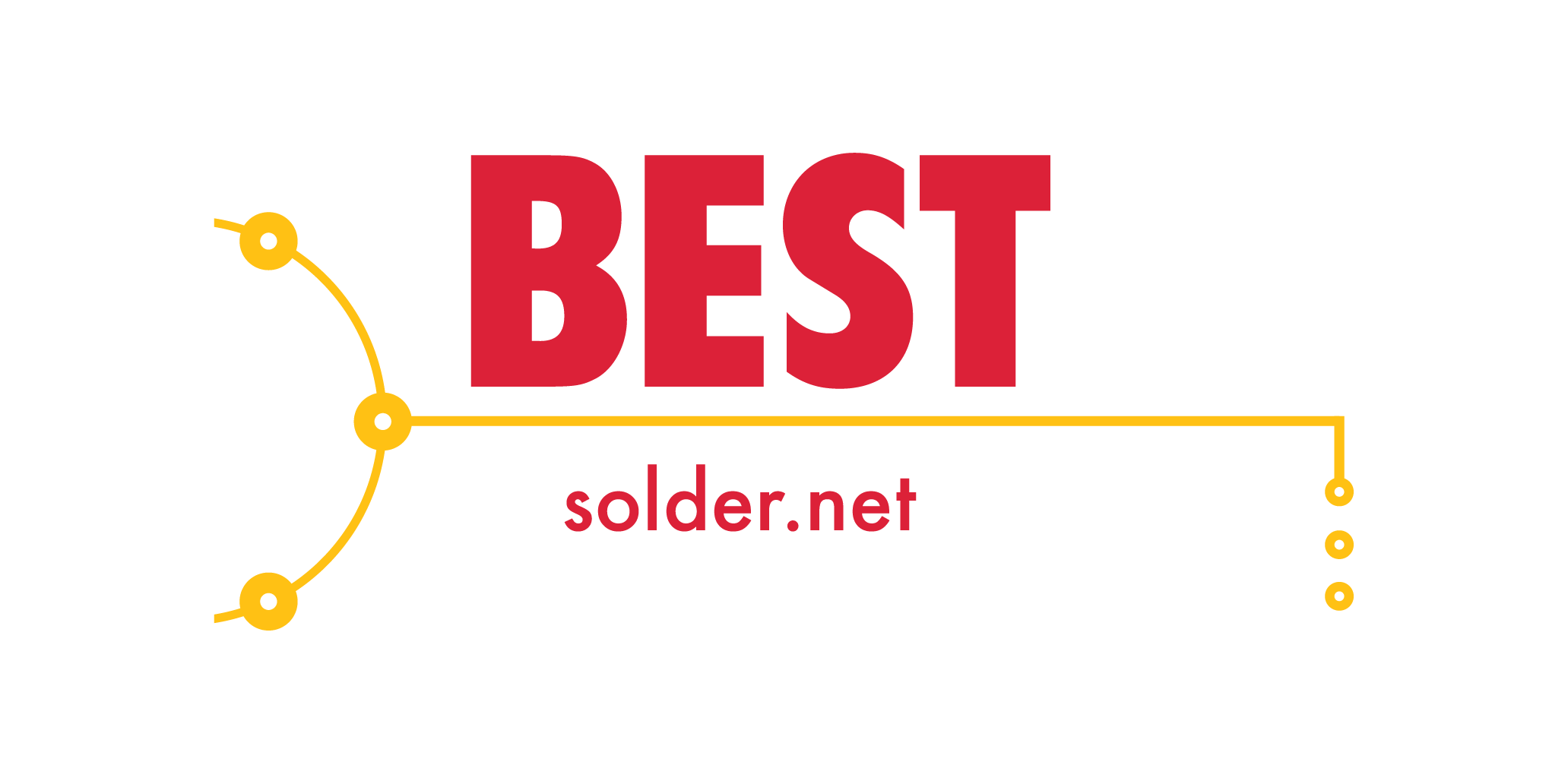QFN Packages: Everything You Need To Know
Posted by Staff - Soldertraining on Jun 6th 2022
There are a variety of surface-mount IC packages that may be used on a PCB. The QFN bundles are the most popular among them used for QFN harvesting. In electronics, the term QFN refers to the Quad Flat No-lead package. Despite its modest size and low heat dissipation, it is lead-free packaging. QFN packages, like other IC packages, link the silicon plate of the integrated circuit to the circuit board.
Benefits of QFN packages
● The no-lead quad-flat packages are small, light, and simple to handle.
● These packages come in a variety of shapes and sizes, including a slim profile and a compact footprint.
● In order to link the die and frame, bond wires must be relatively small in length.
● They have minimal lead inductance.
● For applications requiring efficient heat dissipation, these components are perfect.
● These packages are easily accessible and affordably priced.
QFN Packages: Different Types
● Punch-type
A punch tool is used to divide the package after it has been formed in a single mold cavity for punch-type singulation. As a result, this technique can only be used to form a single package.
● Sawn-type
Mold arrays are used to create these packaging components. Partially dismantling a large number of packages is the goal of this approach Using a final saw technique, the sawn-type packages may be divided up into individual ones.
QFN assembly
A QFN component's surface-mount assembly consists of the following stages:
Printing using solder paste: Prior to placing components, solder paste printing is used to distribute the paste evenly throughout the board.
Component placement: The QFN IC components are installed on the PCB in accordance with the layout chosen during the PCB design phase. Due to the high interconnection density of these components, accurate and precise pick and place techniques are utilized.
Pre-reflow inspection: A pre-reflow inspection verifies that the circuit board is ready to be placed in the reflow oven before the reflow process begins. Soldering might be hindered if there are any impurities on the circuit board surface.
Reflow soldering: Reflow soldering is the most frequent method for attaching QFN components.
Post reflow inspection: A soldering quality inspection is carried out throughout this process.
How can QFN be soldered onto a PCB?
The QFN assembly method includes soldering. All parts must first be screened for solder paste before being placed in the final assembly stage. As soon as the QFN components have been installed with a pick-and-place tool, the soldering is completed with a reflow oven.
Temperatures within the oven cause certain regions of the board to heat more quickly than others. Large copper regions and heavier components will take longer to heat up.
Temperature sensors called thermocouples track the QFN package's top surface temperature the entire time. This ensures that the peak package temperature does not fall outside of the acceptable range.
How do QFN and QFP differ?
Quad Flat Package (QFP) is another surface-mount integrated circuit packaging type. Unlike QFN, the leads of QFP are fashioned like gull wings (L-shaped). During the PCB construction process, this gives the package a stable base.
Summary
QFN IC packages are popular because of their tiny size and ability to dissipate heat. All of the various QFN versions can be used in various applications. As a result, QFN surface-mount packages are in great demand.





